Kribi 3D Feature Lab enables you to interactively experience and
evaluate the newest and most expressive features and capabilities of
Kribi 3D Player on-line.
The Kribi 3D Feature Lab is an excellent reference guide of JavaScript
API functions, each example coming with a step-by-step tutorial and the
commented source code.
The Inartis development Team is constantly committed to getting better
and adding more examples in the Kribi 3D Feature Lab.
Get involved! Join us if you would like to receive regular updates.
Register now !
|
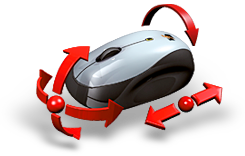
|
More than 40 Interactive Tools allow you to interact
easily with the scene with simple movements and mouse
clicks, such as for example change the Camera view, walk
in the scene videogame-style, move and edit objects,
materials and lights ...
|
|
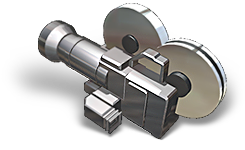
|
Camera is essential for displaying your application
in the Player. Like a real Camera, it can be moved all
around objects, it can be moved and rotated to change
the view. Each camera property can be controlled
directly by mouse clicks or by script.
|
|
|
|
|
|
Objects |
| |
 |
|
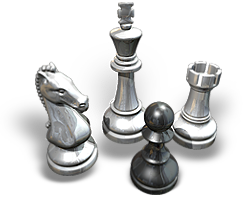
|
The Object Manager Framework (OMF) Engine integrated
in Kribi 3D manages the interaction between the user and
the objects when complex interactive assemblies are
created; for example during the drag & drop of an object
in the View or during the handling of an object, when
moving it or snapping it with other objects.
|
|
| |
|
|
Rendering |
| |
 |
|
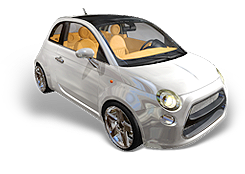
|
The renderer is the most critical part of any 3D real
time application. It is in charge of all the
computations required to produce the displayed view.
Kribi 3D rendering engine is based on pure software
Kribi 3D Engine, which allows you to have control over
every component of the rendering such as lights,
shadows, reflections, materials.
|
|
|
|
|
Materials |
| |
 |
|
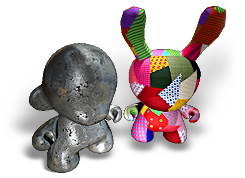
|
Change easily the material to an object by means of
simple Drag & Drop actions in an interactive way from a
HTML catalog. Materials are useful to improve the look
and the realism of an object, such as creating wood,
clear glass, textiles, plastics ... There are many
properties that define a material and all of them can be
set by script from the realized application.
|
|
| |
|
|
Lights |
| |
 |
|
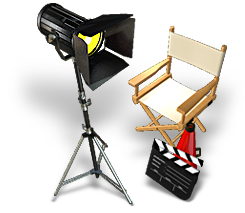
|
Lighting adds atmosphere and ambience to the scene.
Use lights to illuminate objects in the scenes in order
to create the desired visual effects. There are
different types of lights and each of them performs
different effects: you can use them to simulate either
the sun, a reading lamp or spotlights, just to name a
few.
You can set light parameters to create specific
applications with lights.
|
|
| |
|